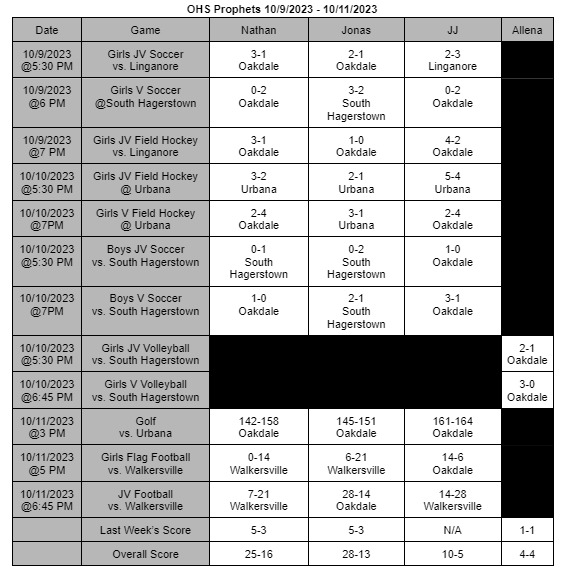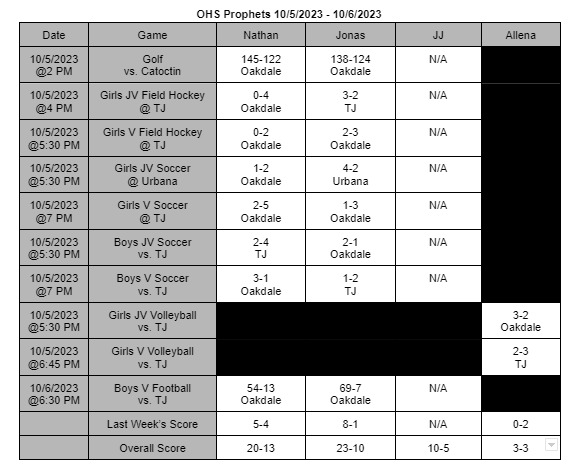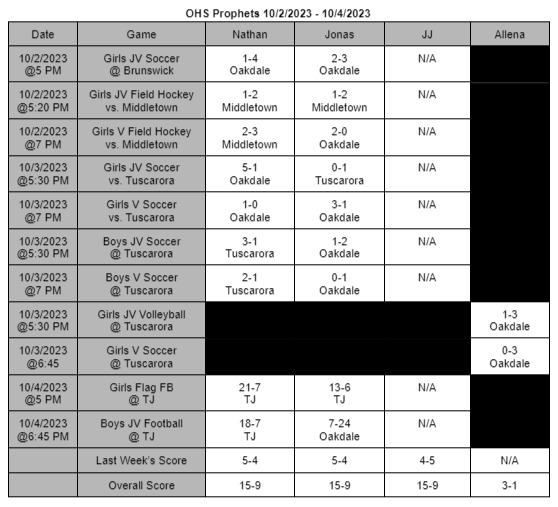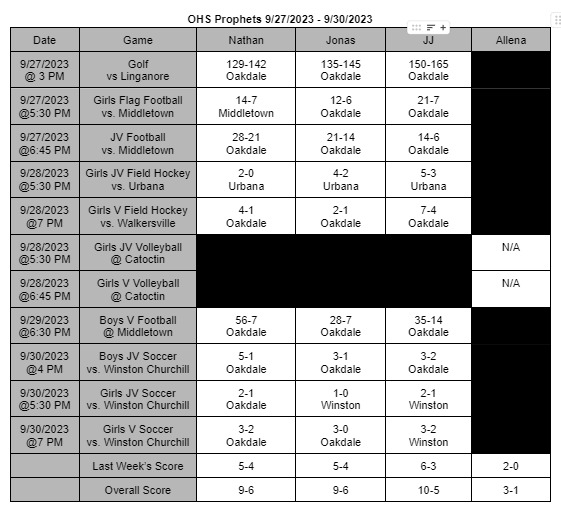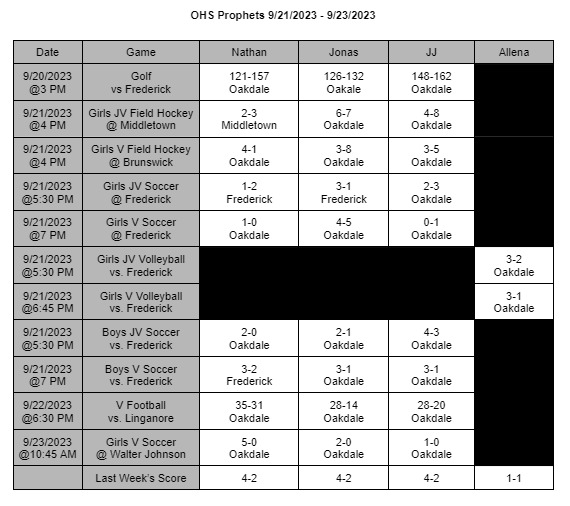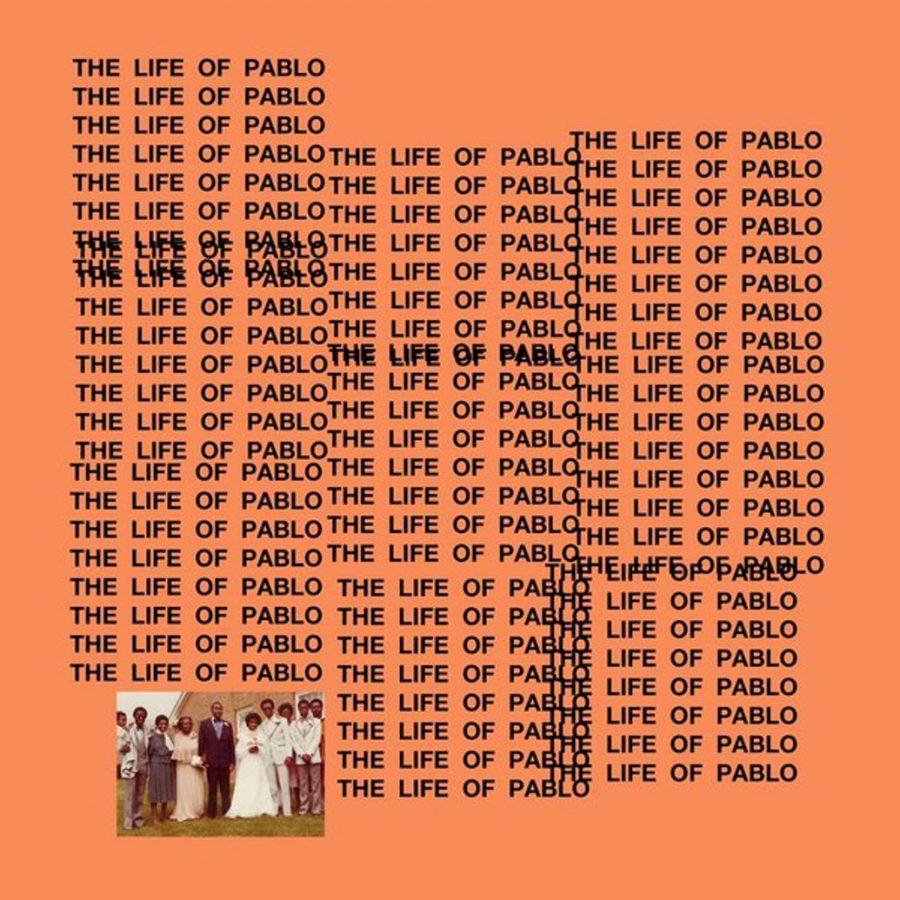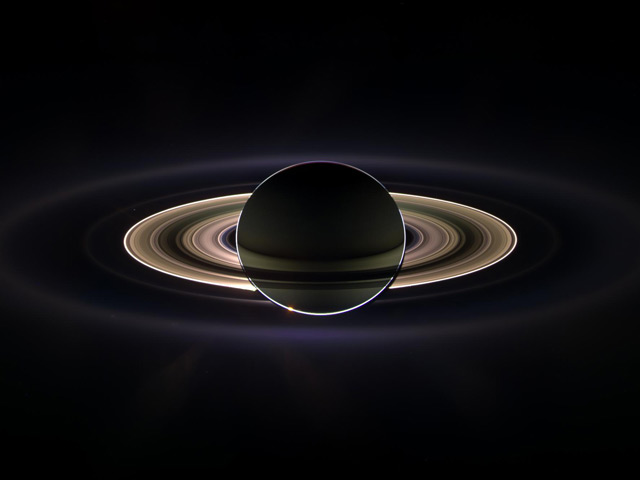The mysterious gas giant of Saturn is better understood thanks to Cassini
October 2, 2017
On September 15, 2017, the Cassini satellite made its final transmission back to Earth, right before it entered into Saturn’s atmosphere and burned up.
Astronomers have always been baffled by the gas giants in the outer solar system. In their quest to understand these massive planets, they’ve developed more technology to get closer to the planets.
One of the planets that astronomers are interested in the most is the ringed planet of Saturn. To study the planet further would give new information on what the rings are composed of, what the atmosphere is made out of, and answer many other questions we have, which was the purpose of the Cassini.
On October 15, 1997 the group at NASA started the Cassini-Huygens mission by sending the satellite into space, which took seven years to reach Saturn and enter its orbit.
Sophomore Owen Packen explained, “I think that the satellite is interesting, and would have had lots of potential to study the planets.”
One of the first missions that Cassini had was to loop around planet Venus on April 25, 1998. The satellite returned to Venus a year later on June 24, 1999. The spacecraft flew by the Earth 2 months later to get a speed boost. Three years later it reached the ringed planet to test the camera.
On July 1, 2004, it was at Saturn ready to send data and images back to base, taking an hour and 24 minutes to receive transmissions and send directions to the satellite. On January 13, 2005, the satellite launched probes to Saturn’s moon Titan. On February 2, 2010, the crew at NASA decided to extend the mission to 2017. The satellite went diving in between the narrow gap of Saturn and its rings on April 26, 2017.
The satellite took a total of 453,048 pictures over the course of 20 years, as the satellite captured photos of Saturn, the rings, and the moons almost every minute. People over the globe were amazed by all the photos taken.
Sophomore Liam Herndon stated, “They were very nice and intriguing. I hope we get more.”
Sadly, the hope of getting more images has passed because Cassini had passed away. September 15, 2017 was the date set to end the mission by sending Cassini into Saturn’s atmosphere. At 3:32 AM on the morning of the 15th, the signal was lost between the satellite and the base. The satellite entered the atmosphere and burned up.
However, this isn’t the end. NASA has learned more about Saturn that will help better understand what to do next time. The research of space is a never ending journey.
Sources: https://saturn.jpl.nasa.gov/mission/grand-finale/cassini-quick-facts/













